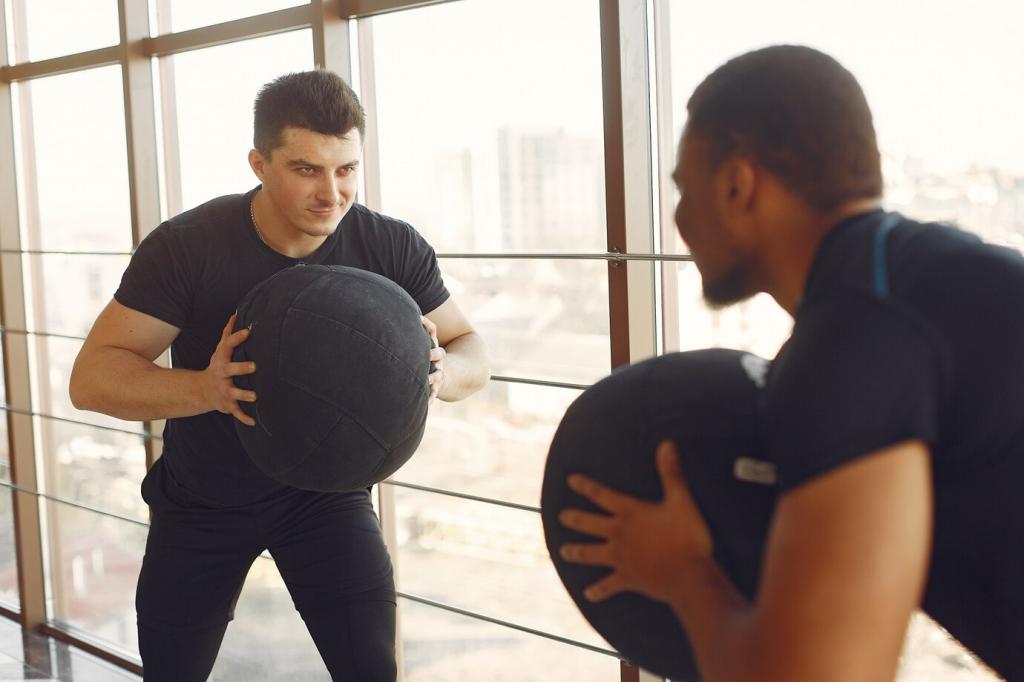Advanced Principles that Drive Elite Strength
Progress at this level means subtle load jumps, well-timed rep progressions, and strategic volume waves. Think micro-loading, targeted top sets, and back-off work that respects recovery. Share your current top-set plan in the comments and subscribe for weekly tune-ups that help you push numbers without frying your nervous system.
Advanced Principles that Drive Elite Strength
Keep the main lifts central while rotating variations that solve specific problems—tempo squats for control, pin presses for mid-range power, or deficit pulls for speed off the floor. What’s your current main-to-variation ratio? Tell us your approach and why it works so we can feature your strategy in upcoming posts.








